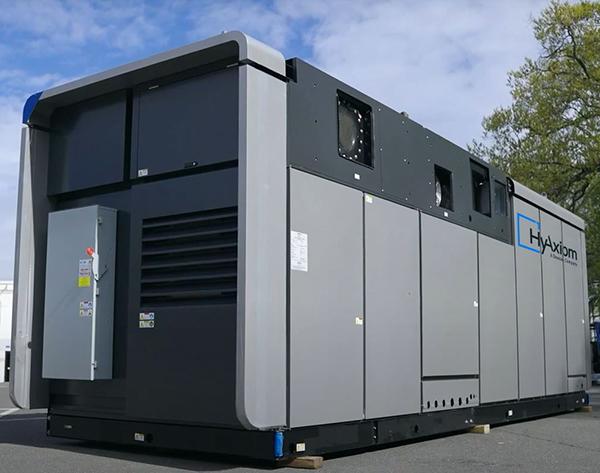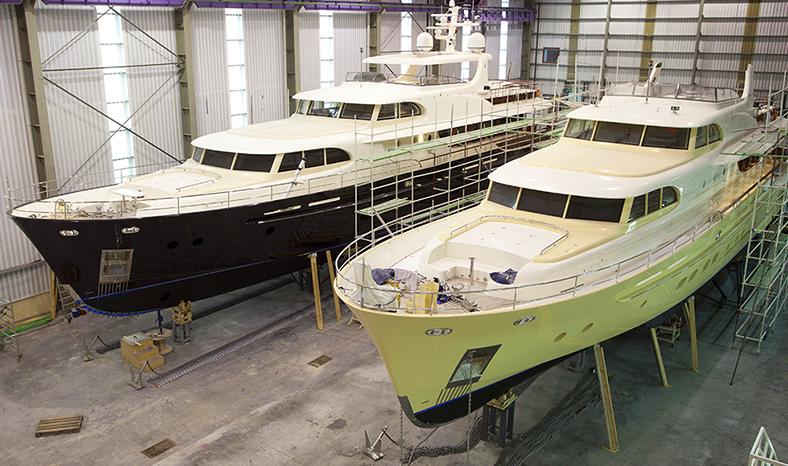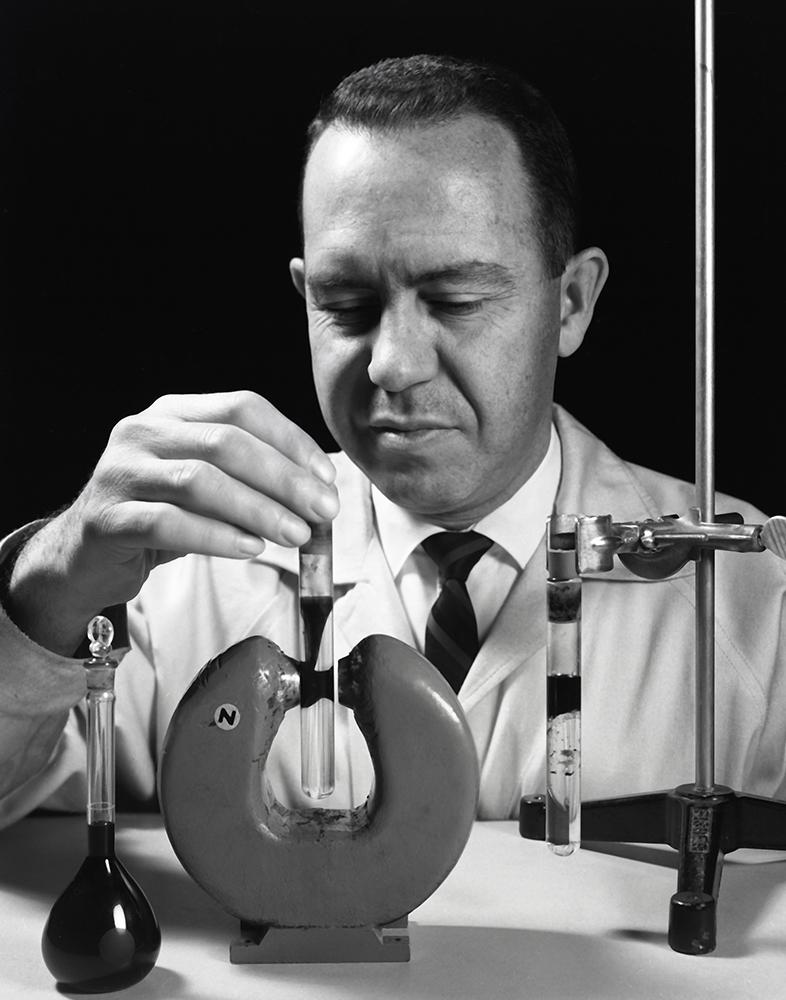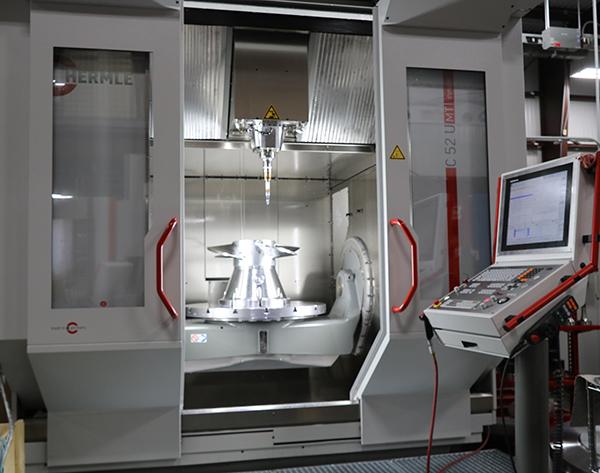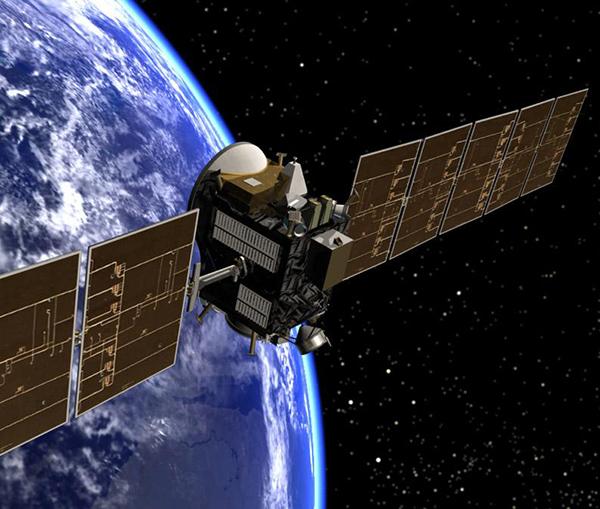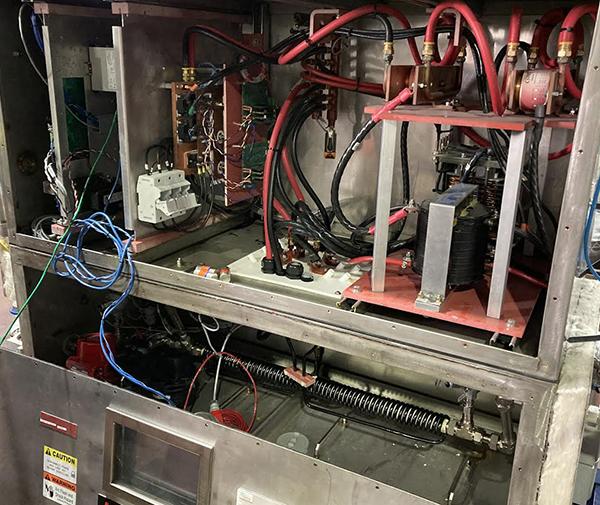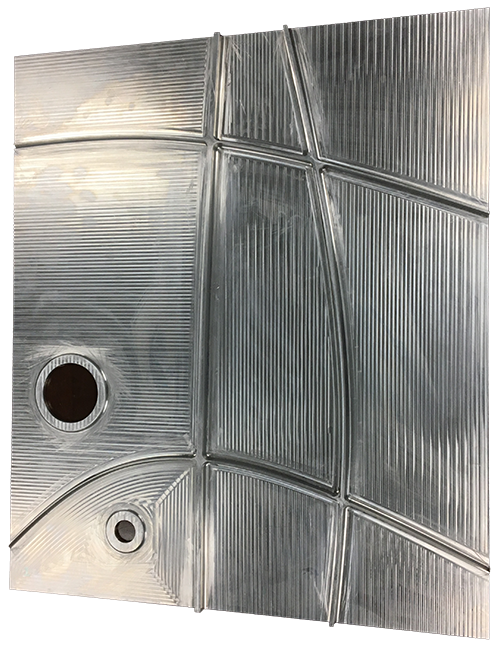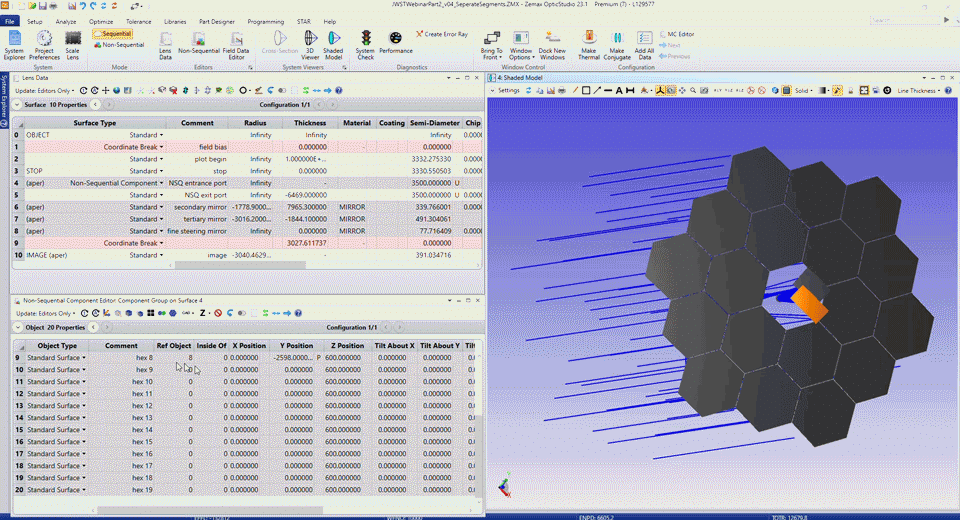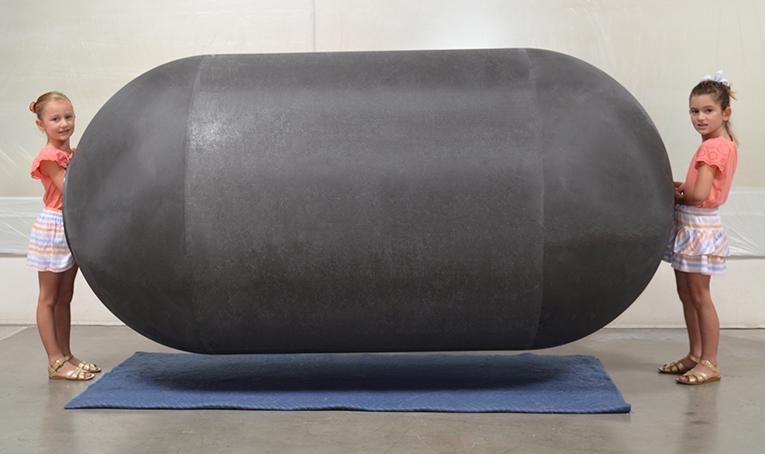A Blast of Cool Air
Have you ever had something not work so you borrowed a tool or asked advice from your neighbor? What if your neighbor was several dozen skilled NASA scientists and engineers? DynEco Corporation was experiencing problems with a rotor in its refrigerant compressor, known commercially as the Orbital Vane.™ Having exhausted its capabilities to find a solution, the Rockledge, Florida, company asked their neighbors at NASA for help.
Desperate for a solution, DynEco turned to Florida's Technological Research and Development Authority (TRDA), a state agency, whose goal is to enhance education, space research, and economic development. TRDA, through its Space Alliance Technology Outreach Program (SATOP), put DynEco in contact with NASA metallurgists and material experts to see if they could solve the engineering riddle.
Despite making a Request for Technical Assistance (RTA) during the Christmas holiday, a notoriously difficult time to get work done, NASA engineers at Kennedy Space Center seized the challenge and were able to provide a quick answer just a few days later. The primary contributors to the solution were the Analysis Group at Kennedy and the NASA Material Science Laboratory, although other NASA personnel were involved. The Analysis Group performed the primary physical analysis of the failed rotor while the Material Science Lab performed the optical and scanning electron microscopic examination of the failure region.
The conclusion was that one of the oil supply holes of the Orbital Vane compressor rotor was causing a large concentration of stress. After short periods of operation, the stress initiated fatigue cracking, which was then followed by almost instant failure of the rotor. The solution was a redesign of the compressor's lubrication system, which eliminated the necessity of using the problematic rotor oil passage. Such a problem, if unresolved, could have been a "show-stopper" for DynEco's efforts to commercialize the Orbital Vane line of machines.
With the problem resolved, DynEco has been able to move forward in developing the Orbital Vane compressors. The Orbital Vane is distinguished from other compressors and pumps in that they have no rubbing parts, are vibration-free, and consist of a few simple round and flat components. As a result, these machines are efficient, reliable, quiet, and easy to manufacture. They are also scalable and provide the same benefits to a wide range of compressor and pump sizes, ranging from hand-held units to large industrial machines.
Currently, the first line of commercial products to come from the Orbital Vane technology is a refrigerant compressor suitable for mobile air conditioning and refrigeration related to buses, custom vehicles, large trucks, rail units, marine vessels, and agricultural equipment. These refrigerant compressors have been installed, on a limited basis, on a line of bus air conditioning units.
DynEco has also been tapped as a NASA sub-contractor, with Oak Ridge National Laboratory in Tennessee, to produce a special air conditioning compressor that can operate in zero gravity for the International Space Station. According to DynEco CEO Thomas Edwards, "A positive outcome without this [NASA] support is difficult to imagine."
Orbital Vane™ is a trademark of DynEco Corporation.
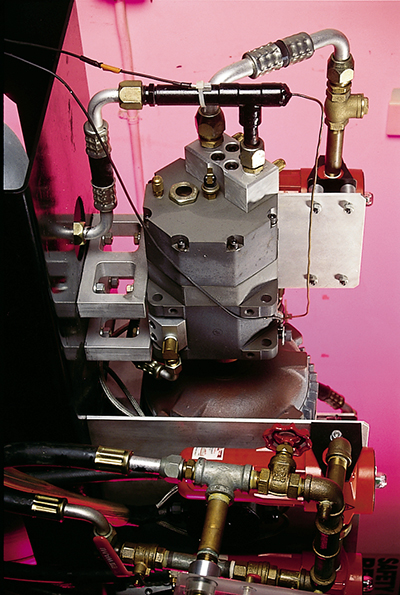
A rotor fatigue problem solved by Kennedy engineers allowed DynEco to move forward with their Orbital Vane™ compressor, shown here operating in a metering system for a micro-turbine alternator.





